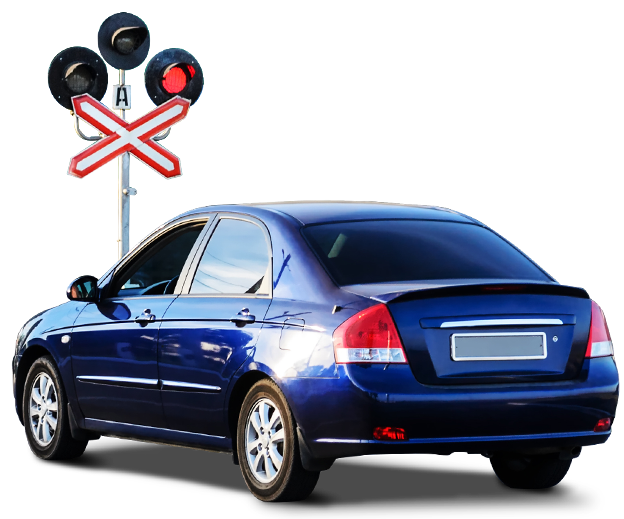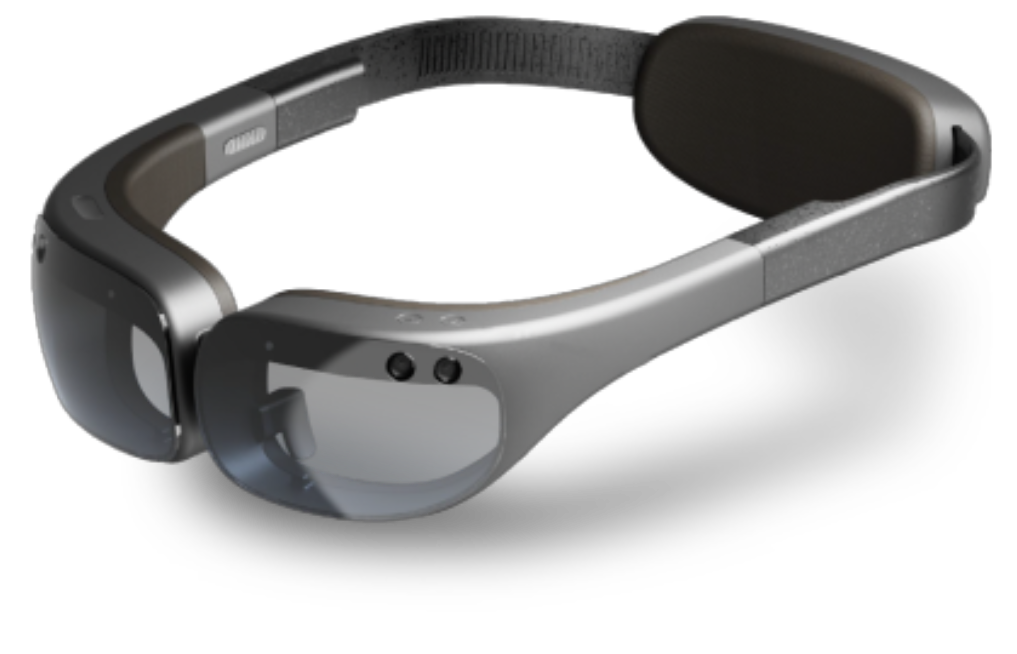Computer vision is an AI field that uses digital images and deep learning to enable machines to interpret and understand the visual world for automation in various domains.
How do we do it?
Computer vision is a field of artificial intelligence that enables machines to interpret and understand the visual world. It uses digital images from cameras, videos, and deep learning models to identify and classify objects. This technology allows systems to accurately automate tasks that require visual cognition, which is critical in fields like autonomous driving, medical imaging or industrial automation.
We developed in-house methods and processes that allow us to quickly preprocess your data and prototype various models. We preconfigure, train them in object classification and pattern recognition and validate to compare their precision and efficiency. That process allows us to quickly prototype solutions that can be further developed and integrated into larger systems later in the process.
We developed in-house methods and processes that allow us to quickly preprocess your data and prototype various models. We preconfigure, train them in object classification and pattern recognition and validate to compare their precision and efficiency. That process allows us to quickly prototype solutions that can be further developed and integrated into larger systems later in the process.
Process
01
Requirement Analysis: Understand the needs of the client. Identify what kind of objects or patterns the system should be able to recognize, and the level of accuracy needed.
02
Data Collection: Gather large amounts of image or video data relevant to the task. This data might need to be labeled, either manually or through automated means.
03
Preprocessing: Clean and standardize the data to make it suitable for model training.
04
Model Selection and Training: Choose a suitable machine learning or deep learning model based on the task. Train the model on the preprocessed data, tuning the model parameters to optimize its performance.
05
Validation and Testing: Validate the model using a separate subset of the data to check its performance. Test the model in conditions as close as possible to the final application.
06
Deployment: Integrate the computer vision system into the client's existing IT infrastructure. This could involve deploying the model to a server, an edge device, or a cloud-based platform.
07
Monitoring and Maintenance: Continually monitor the system's performance in the real-world scenario. Regular maintenance might involve retraining the model with new data, adjusting parameters, or updating the software as required.
08
Feedback and Iteration: Gather feedback from the client and end-users. Use this feedback to make iterative improvements to the system, enhancing accuracy and reliability.
Case study

Crossing Guard
Crossing Guard is an innovative AI solution for safe rail crossing. Already in use at a level crossing in Poland, it effectively tracks traffic flow and enhances safety.

SpaceOS
SpaceOS is a Mixed Reality System designed for our Swedish partner. SpaceOS enables users to interact with interfaces and objects by performing hand gestures.
Related post
